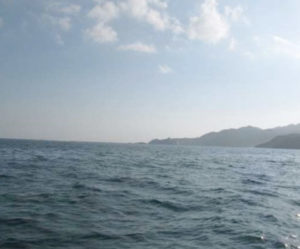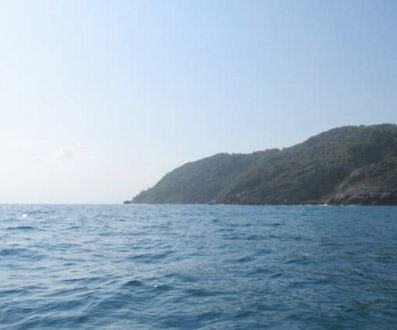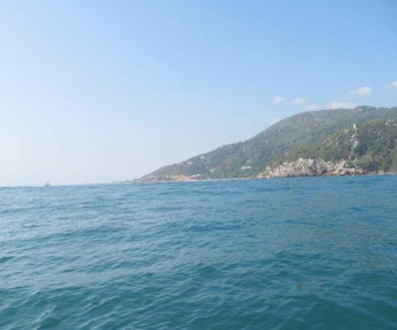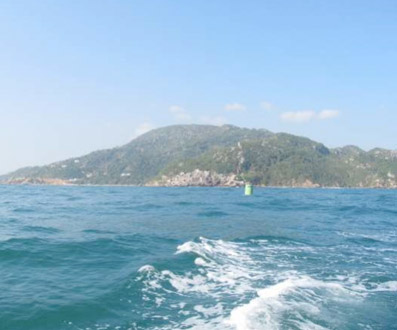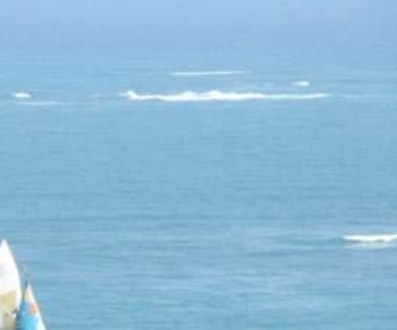With a light breeze permitting departure, Columbus’s two ships sailed from Baie de l’Acul to retrace the route his embassy had taken the prior day to visit Guacanagarí.
The ships progressed slowly. Columbus turned to his Journal, taken by the Taínos’ friendliness, generosity, and civility. He wrote that there could not be a better or gentler people in the world. He assured that Isabella and Ferdinand would rejoice when these peoples became Christian and learned Castilian custom.
As night fell, the ships approached an imposing rocky promontory where the coast veered south (Point Picolet, Cape Haitien, Haiti). The crews were exhausted from two days of trading. The moon was a thin crescent, and Columbus studied the imposing promontory, silver in the moonlight, which he had named Punta Santa (Holy Point).
A line of coral reefs extends east of Point Picolet, readily evident in daylight under breaking surf in a typical sea, less apparent in a calm lit by a waning moon when the tide is high. Guacanagarí’s subjects fished them daily. The Santa María coursed closer to the promontory than the Niña and, as the breeze vanished, she drifted toward the reefs as those on watch dozed off.
The following photos plot the route taken and show the reefs during daylight:
